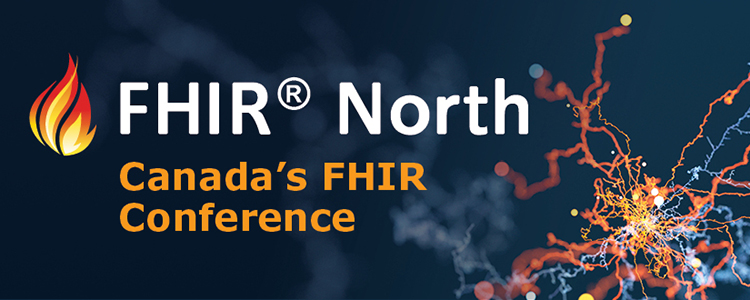General Impressions
I had the pleasure of attending RSNA’s 2020 annual meeting – the first one to go virtual! I find virtual conferences to be a mixed bag. On one hand, the recorded sessions are a godsend allowing me to catch up later on things I may have missed; but on the flip side, I dearly miss the interactions of a face-to-face conference and the networking with friends and colleagues from far and wide.
RSNA 2020’s program was excellent. Being the elephant in the room, there were plenty of AI-related sessions that explored different facets, like:
- Ethics discussions
- Real-world AI implementation advice
- Hands-on practical AI sessions
- Finding or creating a curated dataset for AI training, testing and validation
- Imaging repositories like the Cancer Imaging Archive, which offer a lot more than just images
AI aside, I was able to attend a few session on other topics of interest, such as:
- Structured radiology reporting
- The current state of technology for PACS, Universal Viewers, …etc.
- International interoperability standards and coding systems like FHIR, DICOM, LOINC, SNOMED, ICD-10 and CPT
- Cybersecurity in medical imaging IT
- Image sharing
- Building a social-media and web presence/brand
- Peer review and peer learning
Last but not least, I had a chance to attend a handful of vendor-sponsored sessions. The following stood out:
- Nuance-sponsored session by Dr. Woojin Kim where he covered issues with AI like adversarial attacks, model decay and so on
- Hyperfine’s demo of their portable MRI scanner
- Nanox’ demo of their revolutionary X-ray scanners
Imaging AI in Practice Demo
Shameless plug alert! This was one of the highlights for me, because of my participation in the demo. I will be the first to admit that I played a very small role, but nonetheless I was an enthusiastic participant because I found the whole thing to be very stimulating. A lot of people don’t know it, but interoperability and tight integration of systems are very exciting.
The AI Demonstration was meant to showcase how AI can augment radiology to empower clinicians by integrating seamlessly into the workflow end-to-end (can’t emphasize the last point enough). Examples of where AI can lend a hand:
- Protocoling
- Worklist prioritization
- Visualization, reconstruction and/or quality improvement of images
- Classification, segmentation, feature detection and/or measurement extraction
- Second reads
- Report analysis for things like follow-up recommendation management (e.g. incidental findings)
Putting the demo together took 14 vendors, 26 products, nearly 9 months of hard work and many hours of conference calls. However, none of it could have been done without Teri Sippel-Schmidt‘s leadership, plus the extra-ordinary support from RSNA’s leadership and RSNA’s informatics committee.
On the face of it, the demo aims to show viewers that different systems can plug-and-play, and does so in a relatable manner showing how AI can help save time, make radiology more efficient, improve the practice and contribute to quality initiatives. However, under the hood, the demo is a strong push for standards like FHIR & DICOMweb, in addition to a number of IHE profiles like AIW, AIR, SOLE and Results Distribution; as well as coding systems like RadElement, RadLex, ..etc. In fact, the demo was modelled very much like an IHE connectathon, but instead of focusing on individual transactions, it focuses on the big picture of a wholesome end-to-end radiology workflow – from when a patient is admitted into the ER, through getting scans done and on to follow-up recommendations and subsequent imaging exams.
The RSNA AI Demo boiled down to 3 videos, 15-20 minutes each, plus one introduction video. You can watch the demo videos on RSNA’s AI demo micro-site, or via RSNA’s youtube channel.



